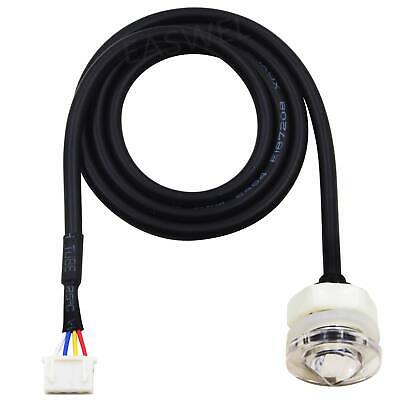I am building and ATO-AWC (auto top off and water change) device. I have liquid level sensors from Gavazzi, model VP02EP. My problem is I have no idea how to connect them to an Arduino. Here is some of the data sheet:


The attached cable has 3 wires: Brown (BN), Black (BK), and Blue (BU)
Looks like a simple diagram, but I have no idea how to implement it. Any help would be great!
Here's a link to the full datasheet:
DataSheet
The attached cable has 3 wires: Brown (BN), Black (BK), and Blue (BU)
Looks like a simple diagram, but I have no idea how to implement it. Any help would be great!
Here's a link to the full datasheet:
DataSheet















